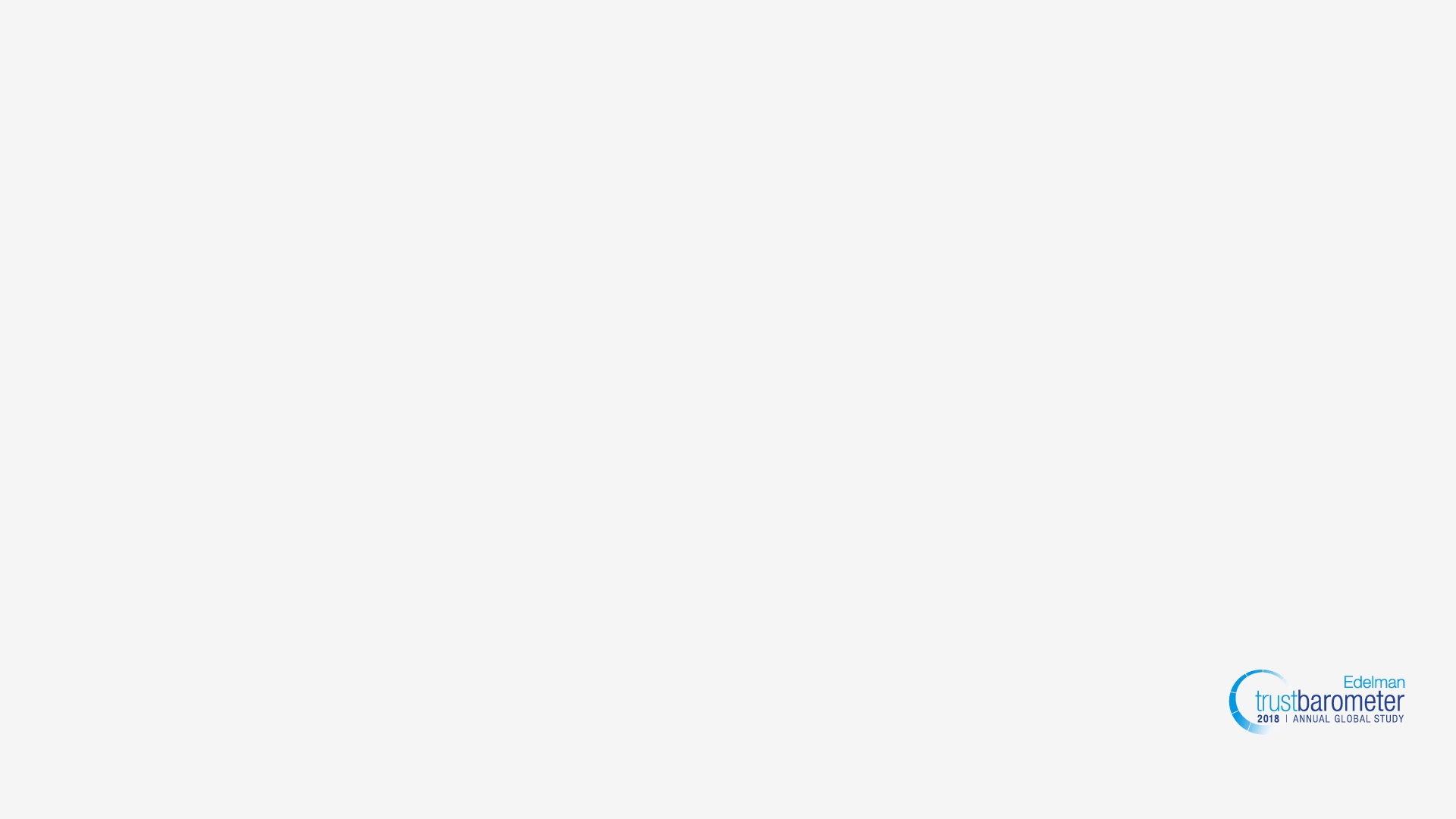All informed public respondents met the following criteria: aged 25-64, college-educated; household income in the top quartile for their age in their market; read or watch business/news media at least several times a week; follow public policy issues in the news at least several times a week.
Mass population respondents are aged 18+ and represent the portion of the population that do not meet the criteria for the Informed Public.



